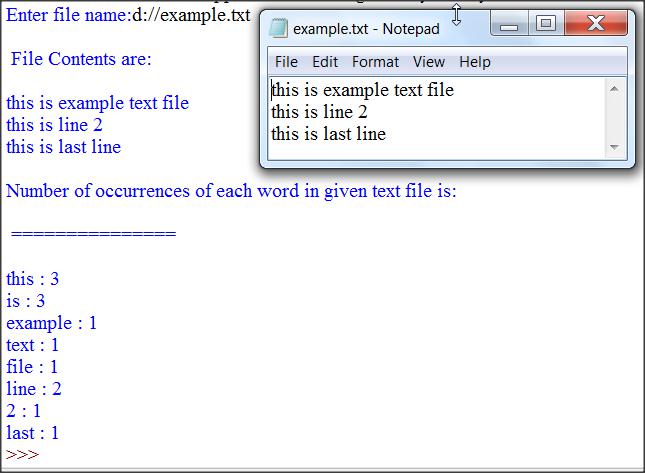
More of the same.Įventually, I decided to properly study CS. One time, my code was in a non-working state for an entire month - I would furiously type on the keyboard all day in the hopes it would eventually work, and it didn’t. I wrote a lot of not very good code, mostly in Matlab. I did my PhD in computational neuroscience at McGill University, in Montreal.

Some of the examples I use are neuroscience-inspired - but neuroscience background is absolutely not a requirement.
#PYTHON CODEBOOK INSTALL#
Long term, your life will be easier if you install the Windows Subsystem for Linux (WSL) which will give you access to a Unix-style shell. If you’re using Windows, you will still be able to run many tools from the Windows command prompt. There’s a great intro to the unix shell from software carpentries. I’m going to assume that you have some familiarity with running commands from a Unix-style shell (e.g. The command line: You will need to run some commands on the command line to implement some of the advice in this book. There’s a great intro to git for beginners from software carpentries. You might even accidentally delete something important! Mastering git and github means you will have a time machine for your code, so you can revert to an earlier state. Git & Github: a lot of the practices introduced here will require you to change your code, which could cause existing functionality to break. You don’t need to be a Python expert, but you’ll get the most out of this if you’ve been using Python on a regular basis for at least a month, and if you have some passing familiarity with the python data science ecosystem (numpy, matplotlib, pandas, etc.).

You can write good code for Matlab, R, or Julia, but we won’t cover that here. However, I generally assume that you have some familiarity with the following: I’ve tried to write this book in a progressive manner: some content is targeted at complete novices, other to programmers who are farther along on their journey.


 0 kommentar(er)
0 kommentar(er)
